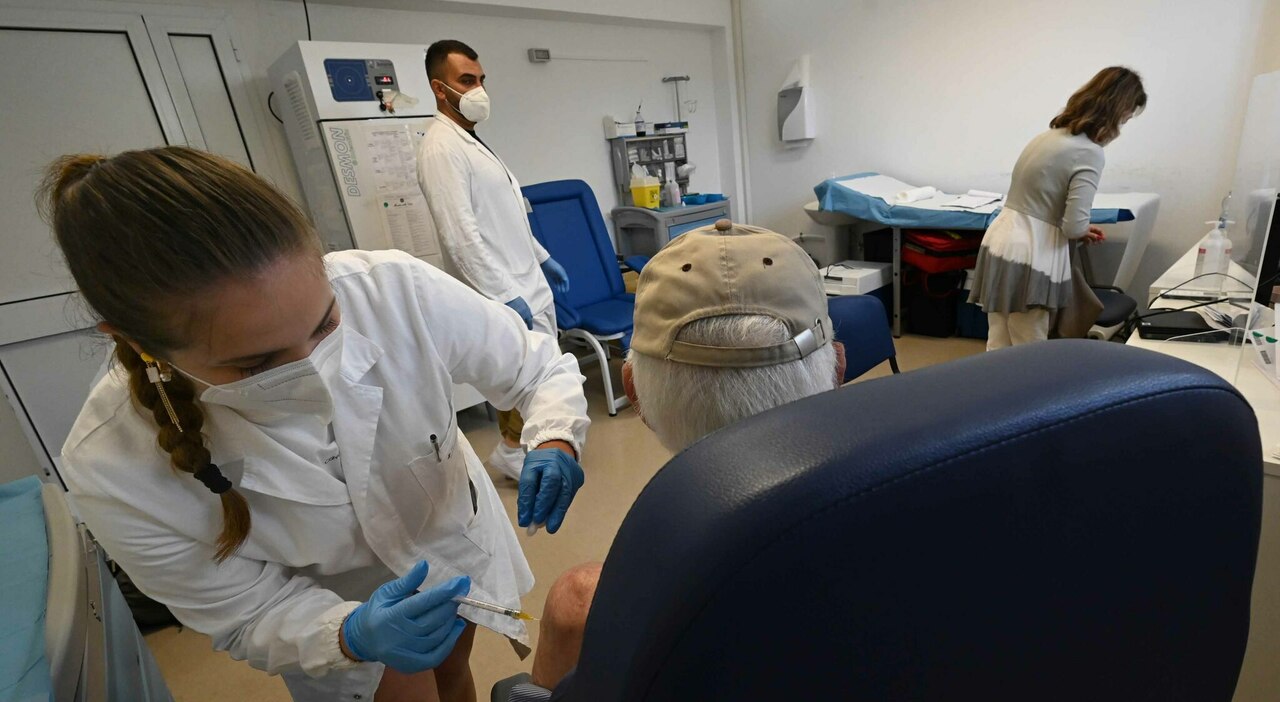Although they have been “immune” so far, from the beginning from the pandemic to date, as a group they are getting thinner and thinner. The most “famous” of them is Joe Biden, which, as announced the other day by the White House, has become infected. This is the increasingly exclusive “club” of people who are only now, in the third year of the diffusion of Covid, they become positive for the first time. Some data. In England, for example, around 15% of people have never had Covid. But in the current wave, led by the subvariants BA.4 and BA.5 by Omicron, this minority group accounts for 55% of new infections. Because? One of the reasons is what the Anglo-Saxons are starting to define the effect “club at bridge“.
Omicron 5, why is the do-it-yourself tampon not recommended? From the modalities to the type of test
Omicron 5 and the infected for the first time
The reasons for this trend, of course, are manifold. The decline in early infected may not be regular as a pandemic develops. People’s behavior (for example whether they protect or reduce social contacts), their immunity, and new variants exert an influence on that downward trend. The data could also be read as due to a question of “awareness”. The first infection is often the worst, while reinfection produces milder symptoms and effects. Across the population, this can distort awareness – many people on their second, third, or fourth infection may not even realize they have contracted it again.
The experts
“If subsequent infections are less likely to be symptomatic, or less likely to be experienced as ‘worthy of testing’, then there will be many people who will be reinfected but don’t notice, so early infections are a lot. more likely to be diagnosed and reported, ”he tells the Guardian Graham Medleyprofessor of infectious disease modeling at the London School of Hygiene and Tropical Medicine.
The incidence of variants
But there is also another reason that sees the incidence of the first infections growing. According to surveillance data, the first wave of Omicron it has pushed case rates up among people in their 20s, 30s and 40s, but much less in older people. In the case of England, for example, the nation was prepared for an Omicron “tidal wave,” as Boris Johnson called it, and mass testing was still underway, so people were not only wary but well equipped to avoid to spread Covid to older relatives.
By the time the next waves came – fueled by BA.2 in March and the double act of BA.4 and BA.5 in June – masses of young people were well protected from their recent infection or were vaccinated.
The study on protection
According to one study, a recent BA.1 infection is nearly 80% protective against BA.4 or BA.5. In the event, the BA.2 and BA.4 / BA.5 waves sent infections skyrocketing in the older age groups with higher case rates in the 60+. Other factors will have influenced: after the first wave of Omicron, the measures of the plans to stem the virus – such as smart working and the obligation of the mask – have been abandoned and the rules of isolation have loosened. What happens then?
Monitoring Report Published #Covid19 for the week from 11 July to 17 July.
The comment of Prof. Giovanni Rezza.https: //t.co/r8Z9dfOze3 pic.twitter.com/0r6f9tPMkr– Ministry of Health (@MinisteroSalute) July 22, 2022
Bridge club effect
An already infected or covered by vaccination develops milder symptoms, therefore. And because of this, he may not realize he is infected again. The British call it the “bridge club” effect. While playing it is very likely that an infected player (who may already have been so has not developed symptoms and does not even know he is positive) will spread it to someone who has never been infected before and whose protection against infection does not it’s so strong. “The arrival of BA.5 is more likely to transmit well within these groups that have not previously been infected,” Hanage says. expect that the serious consequences of these infections will be more numerous than if they occurred in young people who have already been infected ».
© breaking latest news
